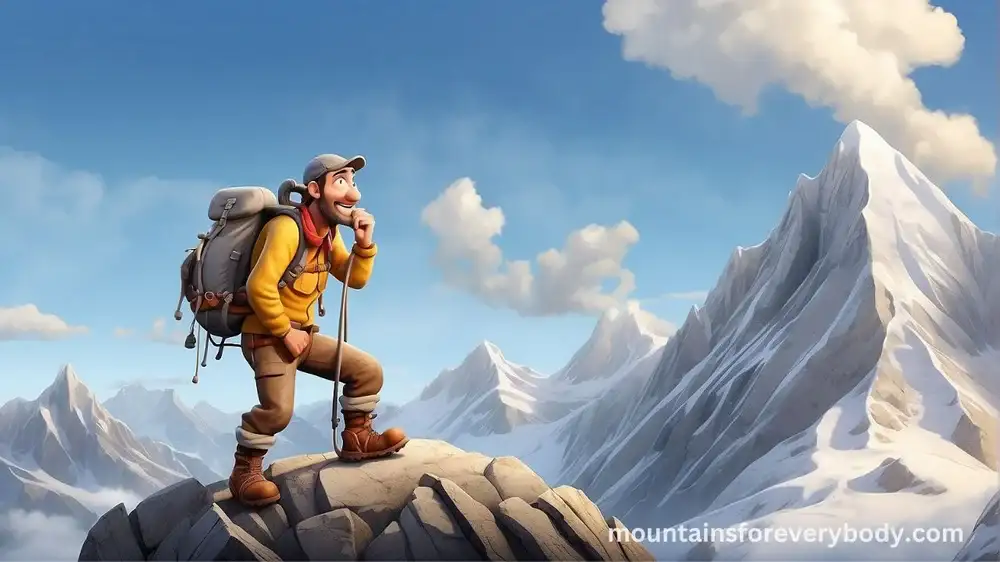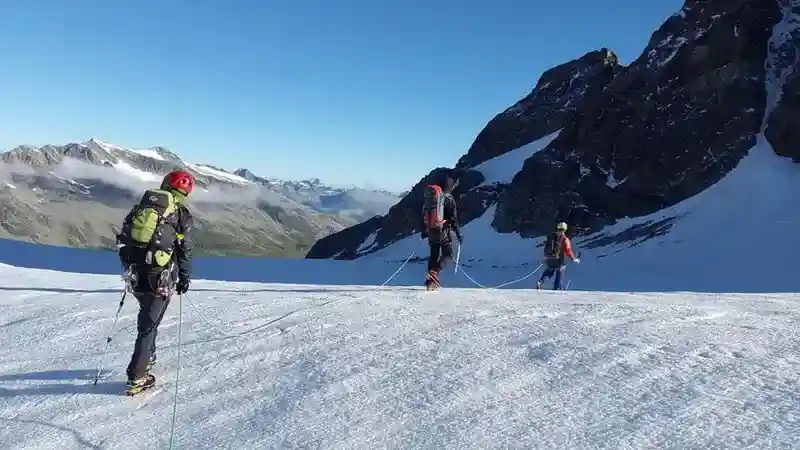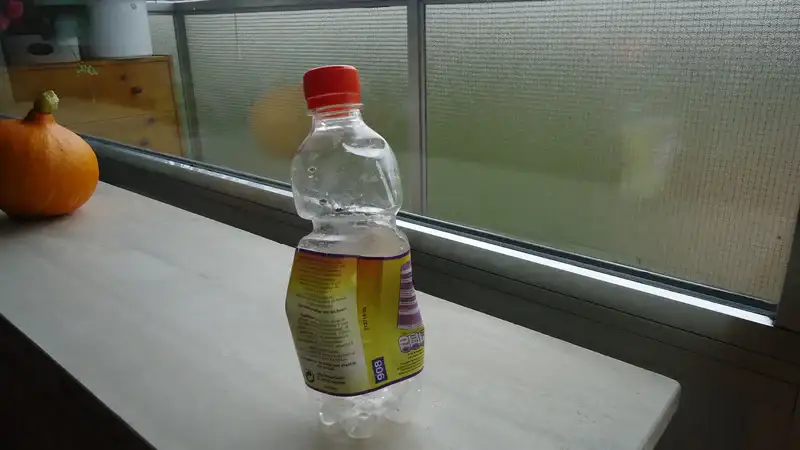Many people claim about being more gassy at high altitudes, and these claims are likely justified. So here I am trying to understand why this is happening.
If you feel that you fart more at altitude, there are at least two physical reasons for this:
- Expansion of colonic gas due to the decreased atmospheric pressure at high altitude.
- Gasses dissolved into our body liquids diffuse into intestinal lumen because of increased altitude.
More details are presented below.

High altitude flatus expulsion, or HAFE
There is an article in Huffpost with the claim that, based on the fact that when around 25000 people set out to climb Mt Kilimanjaro in a year, they expel 75 cubic meters of intestinal gas.
This would make 3 liters of intestinal gas per person. It is completely impossible to confirm such a claim, but if you search around you will see it quoted all the time.
They did not say for what time period this applies, but it appears this is mostly during the final summit push where elevation effects are maximal, so let’s say this is one day. Now, is this a lot? No doubt it is, assuming that this claim is true.
According to an article, around 30 liters of air passes through our intestinal system per day. Most of this bowel gas gets sucked up into the blood. Only around 200 milliliters (0.2 liters) gets out as an intestinal gas.
The mentioned 3 liters on Kilimanjaro would mean 15 times more the normal value. Perhaps they had in mind the total period of the tour, and this may take a week or so.
But if you check on Wikipedia, you will see a much higher number for normal flatus, which is in the range 0.5-1.5 liters per day. This is still well below the Kilimanjaro number.
What does intestinal gas contain?
From the same article. I read that the intestinal gas is mainly nitrogen, carbon dioxide and hydrogen, plus sulfur that creates the smell.
But what is HAFE?
So this is a medical term coined by two professors Dr. Paul Auerbach and Dr. York Miller. The former was at the Stanford University School of Medicine, and the latter at the University of Colorado School of Medicine.
So HAFE means high altitude flatus expulsion, and this is the term they used in the paper published in 1981 in Western Journal of Medicine, where they discussed this issue.
They claimed that the syndrome happens during ascent and it is characterized by an increase in the volume and the frequency of the passage of flatus.

Expansion of colonic gas due to the decreased atmospheric pressure at high altitude
This can be understood from the picture below. This is a bottle that was empty at 3000 meters in the mountains, so I closed it and took home. The picture is taken at a very low elevation, close to the sea level.

As you see, it looked crashed, but this is because its inner pressure is preserved, it is closed. This is the air from the mountain. There, it was in balance with the outer pressure and the bottle was in its usual shape.
But when it was exposed to the higher pressure as I was coming home, the balance of pressure caused its current shape.
Now imagine the opposite, if I would go back to the mountains with the same bottle, it would restore its shape.
Something similar should be happening in our body as we go up and gain elevation. The air and intestinal gasses should expand. The same effect is partly behind nose bleeding at high elevations.
Diffusion of gasses dissolved in our body liquids into intestinal lumen because of increased altitude
There was yet another research paper, where it was found that there was a time lag regarding flatus frequency. The peak was 11 hours after a rapid ascent.
Their conclusion was that this happens because of diffusion of CO2 into the intestinal lumen from the bloodstream. A more detailed explanation is as follows.
You remember the number of 30 liters mentioned above, that passes through intestinal system? In the process, there is carbon dioxide and other gasses dissolved in our bloodstream.
Now, when atmospheric pressure is reduced, the gas dissolved in the body liquid comes out of the liquid. This means there will be more gas in the bowels, and it will diffuse into the gut, and in the process it will expand. The result will be flatus.
In their experiment, they were ascending from 1000 to 5900 feet in 40 minutes. So my guess is that, if you use gondolas in the mountains, you can experiment. Pay attention and check how frequently you fart, and what the delay you will have.
Science of farts is presented in this video, please have a look:
Summary
So now you know why you might fart more at higher elevation. There is physics and some firm scientific facts behind this issue, including the medical term high altitude flatus expulsion (HAFE).
As you see, this is yet another elevation effect, apart from more serious called high altitude pulmonary edema (HAPE), and high altitude cerebral edema (HACE). These can cause very strange behavior of affected people when they start taking off their clothes in hypothermia.
This same HAFE effect should be felt when you are in an airplane where air is maintained to correspond roughly to 8000 feet (2400 m) or so. So if this is what you observe, the reasons are the same.
Read about issues of increased urination at high altitudes. It seems that some people experience this as well. If you feel that you poop more at higher altitudes, read about this issue here. But did you know that there are also reverse altitude effects that may appear after you get back home?
Bookmark this site, you will find new texts added here regularly. Thank you for reading and have a nice day.
Leave a Reply